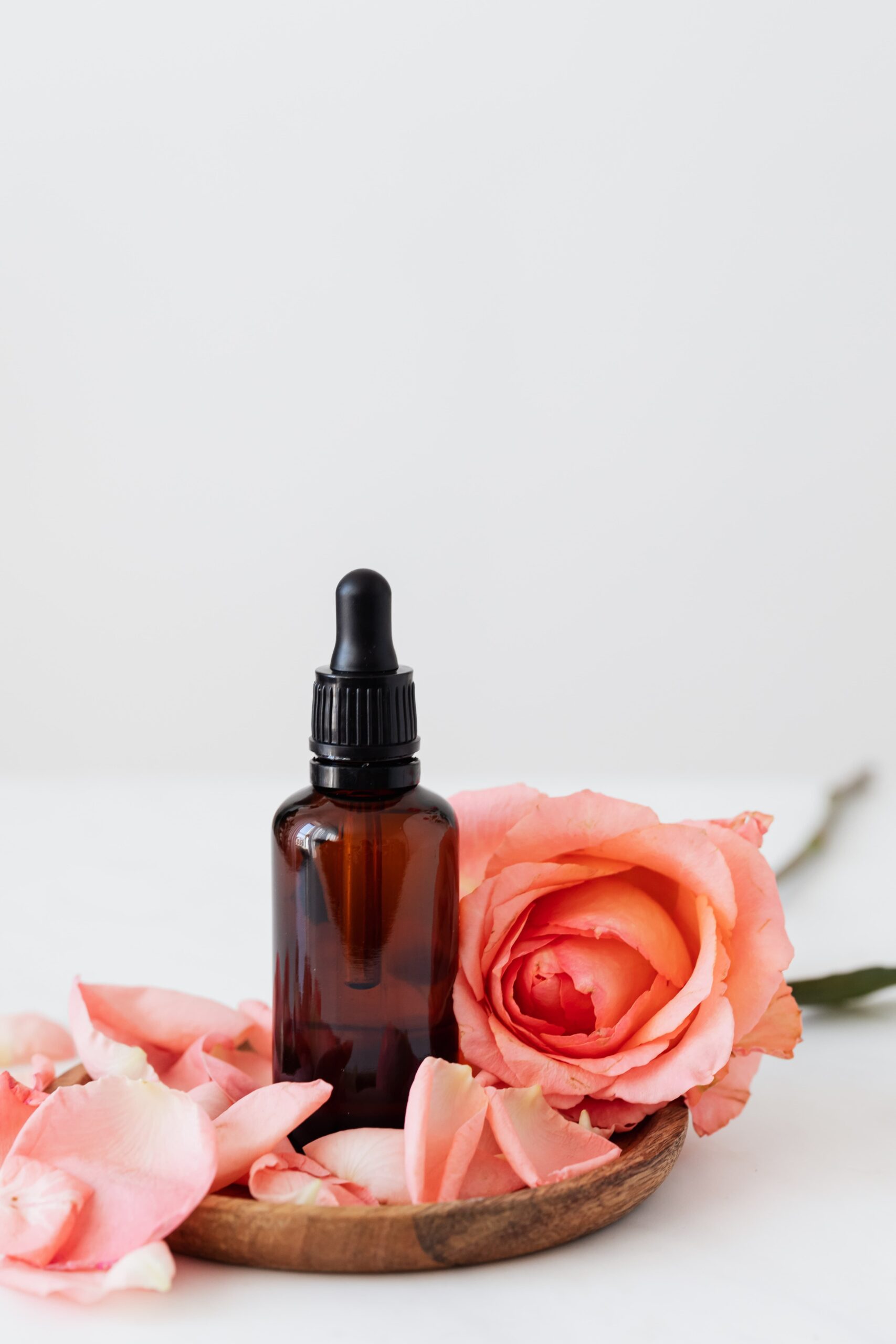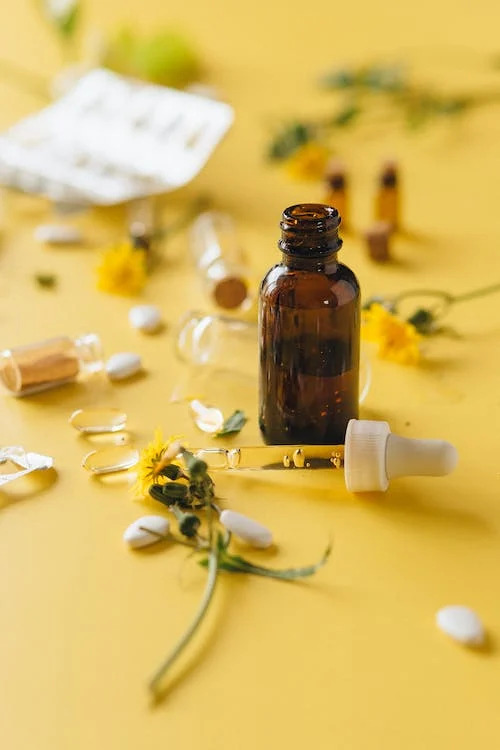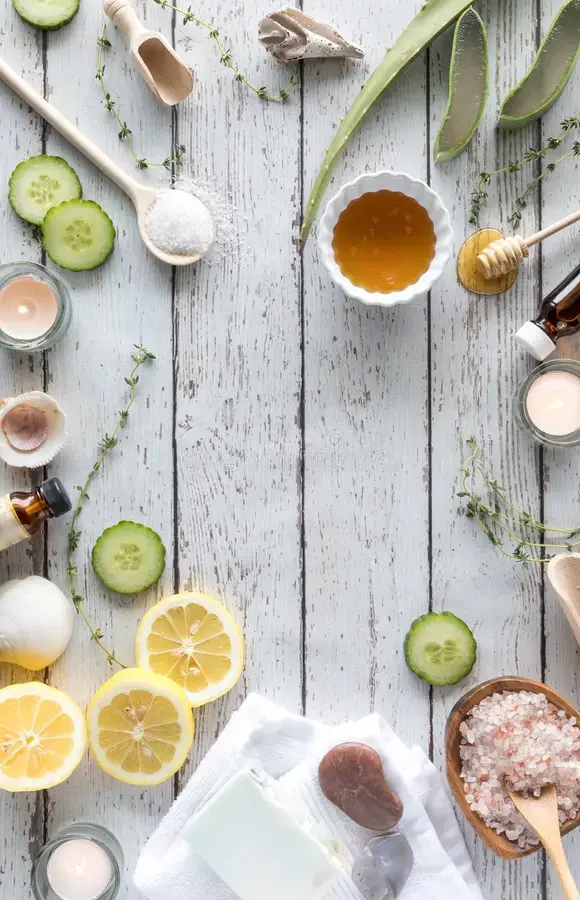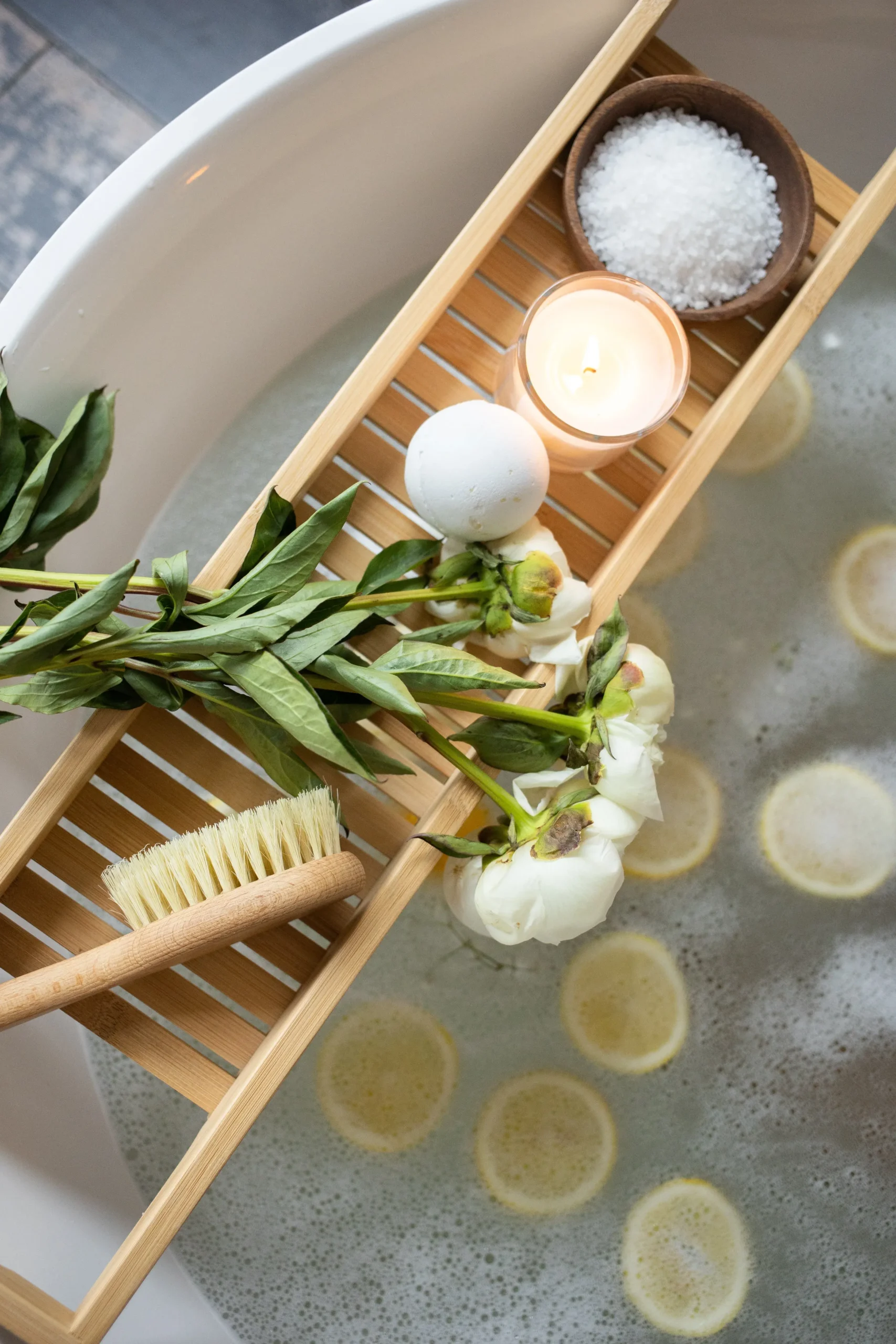R ose hips
Rosa canina
The curative potential of rose hips—the fleshy red fruits of the dog rose and other types of wild and shrub roses—has been known since the Stone Age. Today, as then, the fruits are mashed into a vitamin-rich pulp and consumed raw or cooked. They are also often dried. Rose hips are used to prepare teas, extracts, purées or marmalades.
R ose hips
Rosa canina
🙤 Plant Facts: The dog rose, a main source of rose bips, grows up to 10 feet high and bears Jragrant white flowers. The hips, which have a slightly sour but pleasant taste, emerge in the fall, after the blooms have faded and the petals have dropped off.
🙤 Origin
Native to Europe, northern Africa and western and central Asia, wild and shrub roses grow in many parts of the United States, too.
🙤 Parts used
Rose hips can be use fresh or dried for medicinal purposes prepare them, cut the fruits open. For wine (right) or a smooth texture in jellies or purées, remove the seeds. When you are ready to store them, do not use a metal container because fruit acids can react with the metal, giving the hips an off flavor.
🙤 Components
Rose hips are prized primarily for their high vitamin C content. The fruits also contain such health-promoting substances as carotenoids (yellow-orange pigments with antioxidant properties), fruit acids and pectin.
🙤 Indications
Because they are so rich in vitamin C—which strengthens the immune system—rose hips are often taken to prevent or treat colds. They also have very mild diuretic and astrm&nt properties that may help people with chronic kidney disease or poor bladder control. The fruit acids and pectin in rose hips can have a slight laxative effect. In addition, rose hips’ antibiotic and anti-inflammatory properties make them useful as a disinfectant.
Extra Tip
Just 1 tbsp. of rose-hip pulp more than satisfies the adult Recommended Dietary Allowance for vitamin C: 60mg To store pulp freeze it in small portions.
Provides immune boosting vitamin C for preservation of clod
✽ Methods of Administration ✽
♦ Tea
Pour 1 cup of boiling water over 1-2 tsp. of dried calendula petals. Steep for 10 min., then strain. Drink 2 0r 3cupsof warm tea daily.
♦ Wine
Remove the seed from oz. of dried rose hip and steep the hulls in 1 qt. of dry red wine for 2 weeks. Strain Drink a small glass of wine daily.
♦ Syrup
Put 7 oz of dried rose hip let this mixture sit for 4 weeks Dilute the strained liquid with half cup of water. Enjoy small glass of liquid daily.
♦ Pulp, raw
In food processor blend the hull freshly picked fruits into puree and press the pulp through a sieve.
♦ Pulp, Cooked
steep the hull of freshly picked fruit overnight in water. Simmer this mixture for 30 minutes the strain.
Extra Tip
Just 1 tbsp. of rose-hip pulp more than satisfies the adult Recommended Dietary Allowance for vitamin C: 60mg To store pulp freeze it in small portions.













